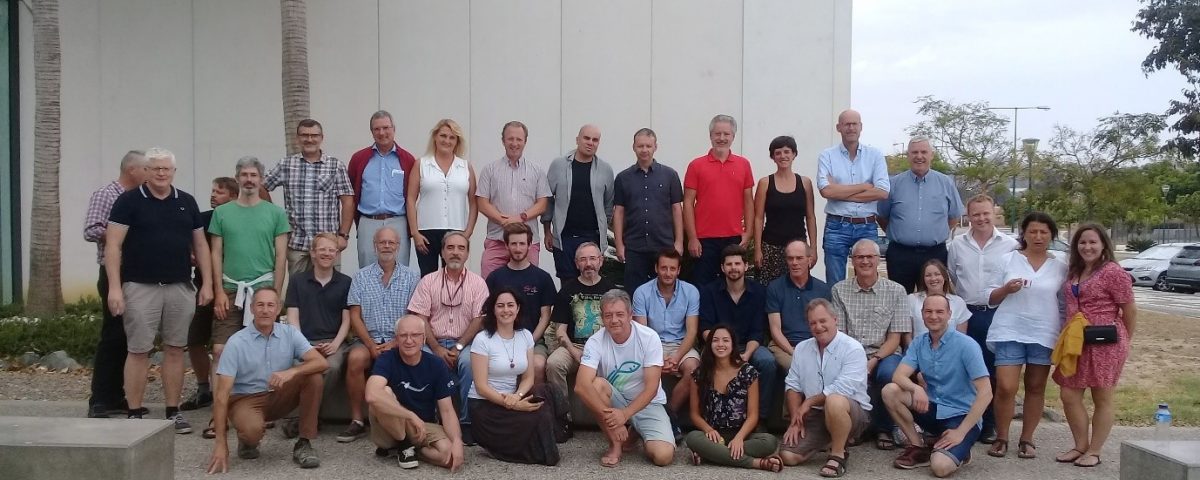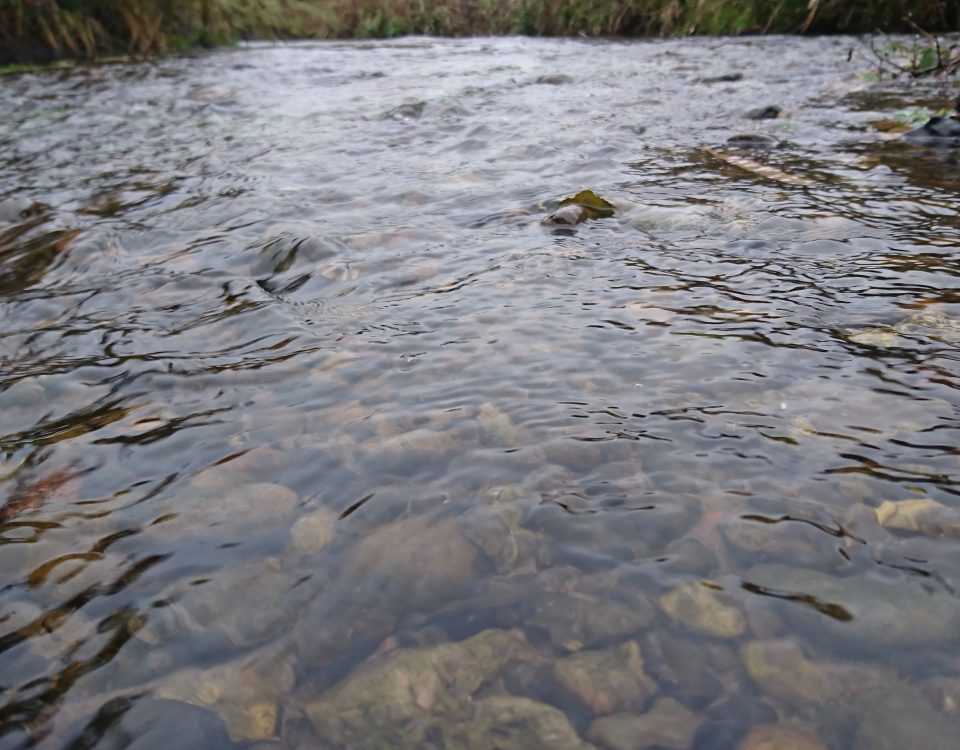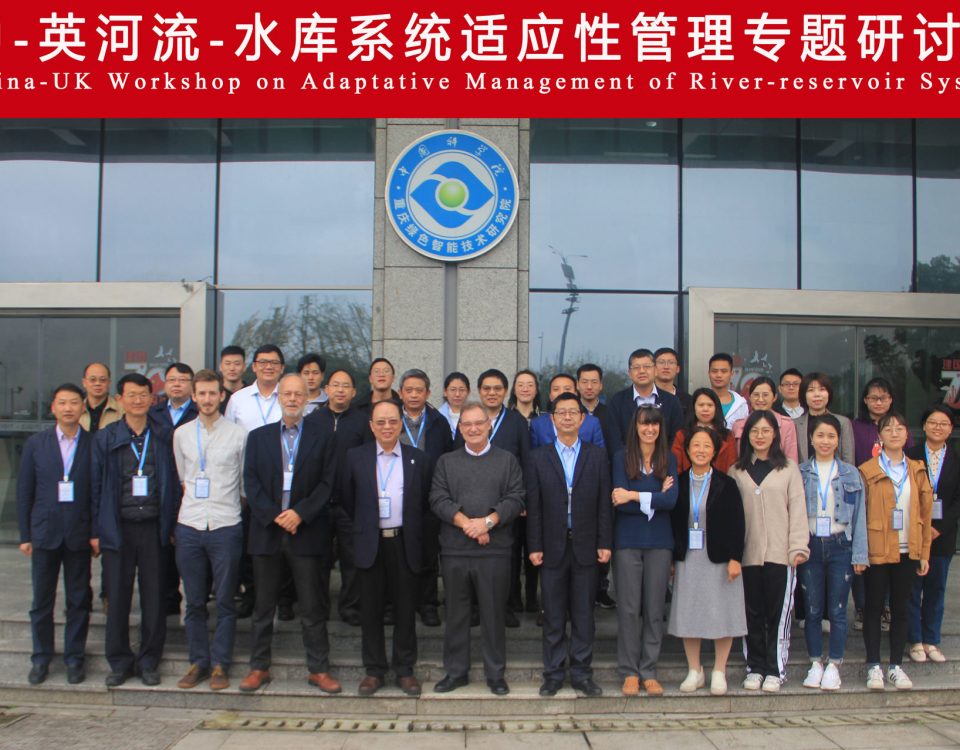
Retrofitting works begin on the Poutes Dam on the River Allier
September 4, 2019
Symposium on fluvial connectivity in Andalusia Mediterranean Basins
October 8, 2019"AMBER General Annual Meeting 2019 Recap"
This past September, members of the AMBER consortium gathered in Malaga, Spain for their final annual meeting. Over the course of three days, members discussed their research, results and upcoming analyses and visited the River Guadalhorce case study site. The consortium is excited to share the result of this work before the end of the project in June 2020.

Over the course of the project, researchers and partners will have contributed over a dozen peer-reviewed articles, developed several new tools available for river managers/environmental planners to use, created the first pan-European barrier atlas and new methodology for reporting and classifying barriers, and defined how barriers can impact rivers and how that is further influenced by climate change.
Some interesting take-aways from 2019 AMBER General Meeting
The European Barrier Atlas Inventory is well underway. We have now collected available datasets from each Member State that indicate that there are over 600,000 barriers in Europe’s rivers.
We now better understand how barriers can affect specific river habitats and can estimate the impact of barrier types per fish community! More information to come!
Barriers may serve a purpose in managing invasive species
There are more than 300 barrier types found in European rivers
Due, in part, to AMBERs involvement, construction of a dam planned on the River Nalon was cancelled
Some interesting take-aways from 2019 AMBER General Meeting

Future results
It is almost here! We are nearly finished with our barrier atlas, and we will complete and publish it 2020
An eDNA molecular toolkit that will aid assessing stream connectivity
European assessment on the impact of barriers on the conservation of Atlantic salmon
The results of a questionnaire indicating how society perceives dams and whether or not they feel dams should be removed
And many more!
During this annual meeting, members of the consortium also had the opportunity to learn more about the River Guadalhorce case study and what local researchers propose to increase river connectivity. Through extensive field validation surveys and habitat surveys, they have identified three main problems contributing to discontinuity: four fully regulated and functioning dams, the presence of other transverse barriers downstream, and channeling near the mouth area. Some suggested adaptive measures from the researchers include reduction of consumption and derivation of water from the four large dams, including incorporating an environmental flow regime; elimination of barriers not in use, permeabilization of those in use and improvement of environmental flows downstream of extractions; and lastly, renaturalization of riverbanks and rehabilitation of natural flood zones and buffers.
During this annual meeting, members of the consortium also had the opportunity to learn more about the River Guadalhorce case study and what local researchers propose to increase river connectivity. Through extensive field validation surveys and habitat surveys, they have identified three main problems contributing to discontinuity: four fully regulated and functioning dams, the presence of other transverse barriers downstream, and channeling near the mouth area. Some suggested adaptive measures from the researchers include reduction of consumption and derivation of water from the four large dams, including incorporating an environmental flow regime; elimination of barriers not in use, permeabilization of those in use and improvement of environmental flows downstream of extractions; and lastly, renaturalization of riverbanks and rehabilitation of natural flood zones and buffers.


We are proud of the progress to date and are excited to reveal even more exciting results and tools before the end of the project! Keep an eye on our news section for any updates and always check out our peer-reviewed publications to dive deeper into some of the results!




